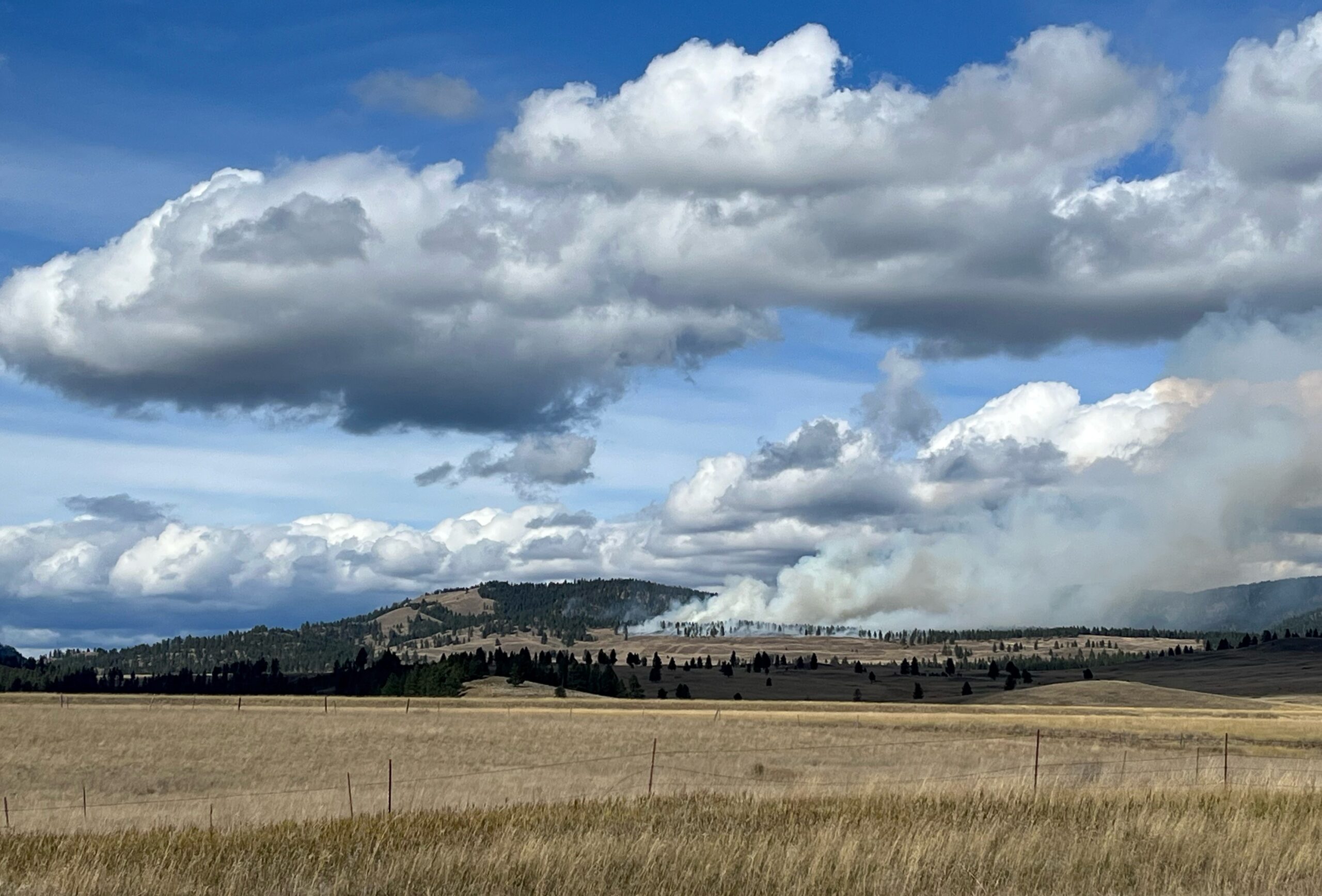Below is a news release from Montana Fish, Wildlife & Parks
Prescribed burns are planned for the Blackfoot-Clearwater and Nevada Lake Wildlife Management Areas (WMAs) in the Blackfoot Valley from mid-September through October to enhance wildlife habitat and reduce fuel loads. The projects are weather dependent, and residents and visitors should expect to see smoke periodically.
On the Blackfoot-Clearwater WMA near Seeley Lake, a 100-acre burn is planned. The project is part of a cooperative effort between Montana Fish, Wildlife & Parks, the University of Montana FireCenter, the Montana Department of Natural Resources and Conservation (DNRC), The Nature Conservancy, and the Blackfoot Challenge.
This prescribed fire is part of a Montana Fish and Wildlife Commission approved Blackfoot-Clearwater project that began in 2018. The project objectives focus on the removal of conifers, primarily ponderosa pine and Douglas fir, that have expanded into native grasslands. These shade-intolerant grasslands were historically maintained by high-frequency, low-intensity fire.
At Nevada Lake WMA, near Helmville, a 65-acre prescribed burn is planned. This prescribed fire activity is also part of a 2018 commission approved forest habitat improvement project aimed at restoring some historical forest conditions, improving forage for deer and elk, and reducing wildfire fuel loads.
Prescribed fire is a short disturbance for long-term benefits of fuel reduction and wildlife habitat on the WMAs. Funding for this habitat management work was provided by Montana Fish, Wildlife & Parks and grants through the Rocky Mountain Elk Foundation.
Smoke from the WMAs may be visible at times this fall. The projects are weather dependent, but burning is expected to start this week with most complete prior to the start of the general deer and elk season (October 21, 2023).
Early fall is a typical time for prescribed burns to occur region-wide, so recreationists and residents could expect to see smoke from other public lands as well. To minimize smoke impact on communities, the exact timing of the burns will depend on weather, fuel moisture levels, and air flow.
(Photo credit: Rocky Mountain Elk Foundation)
